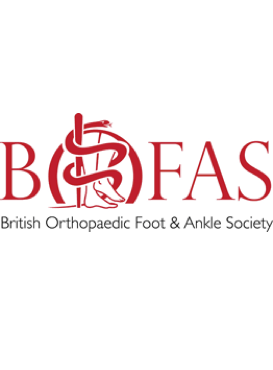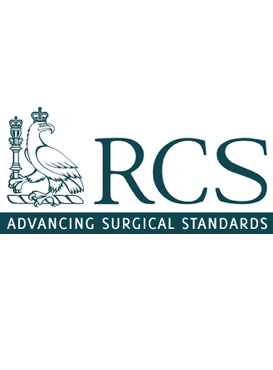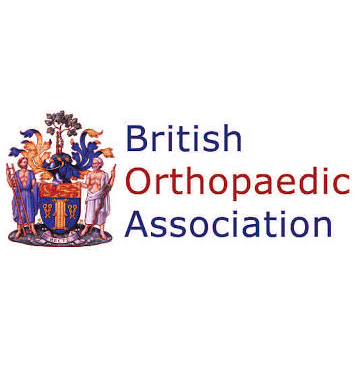Flat feet in Adults
The inside edge of the foot is usually arched and in part held up by the shape of the joints and the strength of the main tendon, tibialis posterior. In adult life this arch may slowly collapse if this tendon becomes inflamed, over-stretched or torn.
Symptoms
Pain perhaps with swelling usually starts on the inside of the ankle. The arch falls and weakness leads to deterioration in the ability to stand up on tip toes. Later pain may develop on the outer side of the ankle or foot.
Diagnosis
The surgeon will ask you to stand on your bare feet facing away from him to view how your foot functions. While the condition progresses, the front of the affected foot will start to turn to the outside. From behind, it will look as though you have “too many toes” showing. You will be requested to stand on the toes of the painful foot. Standing X-rays will be arranged to check the joints have not yet become damaged. An ultrasound or a magnetic resonance image (MRI) is frequently arranged.
Treatment
The treatment you require will depend on how far the condition has progressed. In the early stages, damage to this posterior tibial tendon can be treated with rest, non-steroidal anti-inflammatory drugs such as Aspirin or Ibuprofen, or immobilisation of the foot for six to eight weeks in a walker boot to prevent overuse. After the cast is removed, shoe inserts with an arch support may be helpful. Most patients do not need surgery. Some patients may have an injection of a small amount of steroids beside the tendon to help reduce the inflammation along with immobilisation.
Surgery
A minority require surgery if these conservative treatments are unsuccessful. If the joints are not damaged, then the effect of the tendon can be replaced by transferring a tendon along with correcting the alignment of the back of the heel. Additional procedures may be performed, but the recovery usually involves six weeks in a plaster and then six weeks in a removable walker boot, in which patients can start to walk.
If the joint below the ankle is damaged then the shape of the hind foot needs to be corrected by fusing the two bones together.
Contact Us
There are many ways to book an appointment at the Cotswold Foot & Ankle Clinic. This may be a referral from either your GP, Hospital Consultant, Chartered Physiotherapist or Podiatrist.
For insured patients you will need to contact your insurance provider. If self-funding you may make a direct referral, but we prefer if you contact your GP, so they can inform us of your medical background.
OUR CONSULTANTS MR BROWN AND MR CLINT ARE MEMBERS OF




OUR LOCATIONS
Cheltenham Hospital, Nuffield Health
Cheltenham GL51 6SY
The Manor Hospital, Nuffield Health
Oxford OX3 7RP
CONTACT US
01242 246 559
admin@cotswoldfootandankle.co.uk
© Cotswold Foot & Ankle Clinic 2020 | PRIVACY POLICY